Renewable energy is the fuel of the future and Colorado is pro-active in the movement toward a cleaner environment providing thousands of jobs.
Colorado Renewable Energy Society is providing monthly webcasts on renewable energy. Webcasts can be seen on the Colorado State University-Pueblo campus.
According to CSU-Pueblo’s press release, Governor Bill Ritter dedicated a large solar panel system that is expected to power approximately 10 percent of the schools future electrical needs.
The 4.3 acres of panels is expected to generate 1,800 megawatt hours per year, according to the university.
This month’s webcast, presented by Brad Collins, executive director of the American Solar Energy Society, discussed the 88,000 green-collar jobs created through 2007.
According to the CRES website, American Solar Energy Society is predicting 37 million green-collar jobs in the U.S. by 2030, more than 17 percent of all employment in the U.S.
Pueblo’s location provides a high wind energy potential to the east and solar energy to the south and it is an attractive location for energy distribution because of the power plants already located in Pueblo.
In 2007, the industry generated $10.3 billion and provided over 91,000 jobs and is expected to grow to 613,000 over the years, according to the website.
According to the CRES web site, prospective jobs in the market forecasted will provide an array of jobs including electricians, engineers, cashiers, welders, marketers, accountants, truck drivers, scientists, factory workers, chemists and many others.
This is a growing field compared to the rest of the economy and due to this expected growth, the ASES is giving pointers on how to obtain a green-collar job.
There are 15 tips on how to gain employment in wind, solar, bio-fuels, recycling and energy efficient buildings on the CRES site.
The list included:
“Unmasking the Myth”- Some people believe that green jobs are reserved for scientists or doctors, but the industry requires many different skills to operate, just like any other business would.
“Paint your Picture”- Figure out what area you like to work in, get to know people who are already in the field and listen to what they have to say.
“Bookmark the GreenStart Webpage”- Learn of all the potential employers in the area and find out about any openings. The ASES GreenStart Job board has a list of available positions.
“Compile Your List of Targets”- Put together a list of prospective companies that include the job that you decided you would like to pursue. Pay attention to businesses that are in the paper or expanding, they are likely doing well and will be hiring.
“Get Informed, Stay Informed”- The renewable energy field is changing rapidly. Staying informed of developments will make you marketable.
“Transfer in Your Role”-The easiest way into a green job is to use the skills you already have and apply them to a similar position in the market. Be flexible.
“Volunteer to Lead”- Find a non-profit organization to help. This will give you the opportunity to meet people in the field as well as make a difference.
“Take the Tour”- Attend the ASES National Solar Tour, you can find a list of dates on their web site, but they usually take place in October in 2,900 communities and provide a way to see green technologies up close.
“Learn from Nonprofits”- Nonprofits keep lists of jobs and contact names of industry leaders.
Alliance to Save Energy (ase.org), American Solar Energy Society (ases.org), American Wind Energy Association (awea.org), Bikes Belong (bikesbelong.org), Geothermal Energy Association (geo-energy.org), Interstate Renewable Energy Council (irecusa.org), US Green Building Council (usgbc.org).
“Tap Into the Green Network”- Get to know key leaders and set up interviews to learn about the industry and how it is changing. Having contacts will help you stand apart from any competition.
“Speak the Language”- As with any field, it is good to know the jargon used. A good place to start is the National Renewable Energy Laboratory’s web site at nrel.gov.
“Certify Your Skills”- Attend a green workshop to learn skills. Solar Energy International, Midwest Renewable Energy Association, U.S. Green building Council and Solar Living Institute provide classes.
“Explore Pre-apprenticeship Programs”- These can be found at community colleges or your local labor council.
“Consider Incentives”- States are developing incentives in order to draw qualified workers to their area. The Database of State Incentives for Renewables and Efficiency, dsireusa.org, is a good place to compare benefits and help you choose an employer.
“Show Your Passion”- Stand apart from other prospective employees by showing that you care about your environment.
Clean fuel technology is helping Colorado move into the future, don’t get left behind.
For more information on the monthly webcasts contact Cora Zaletel at CSU-P.



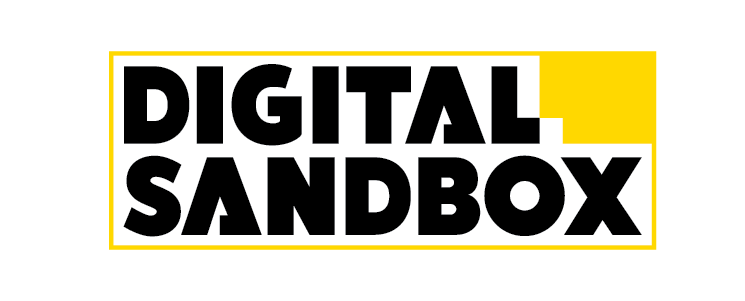

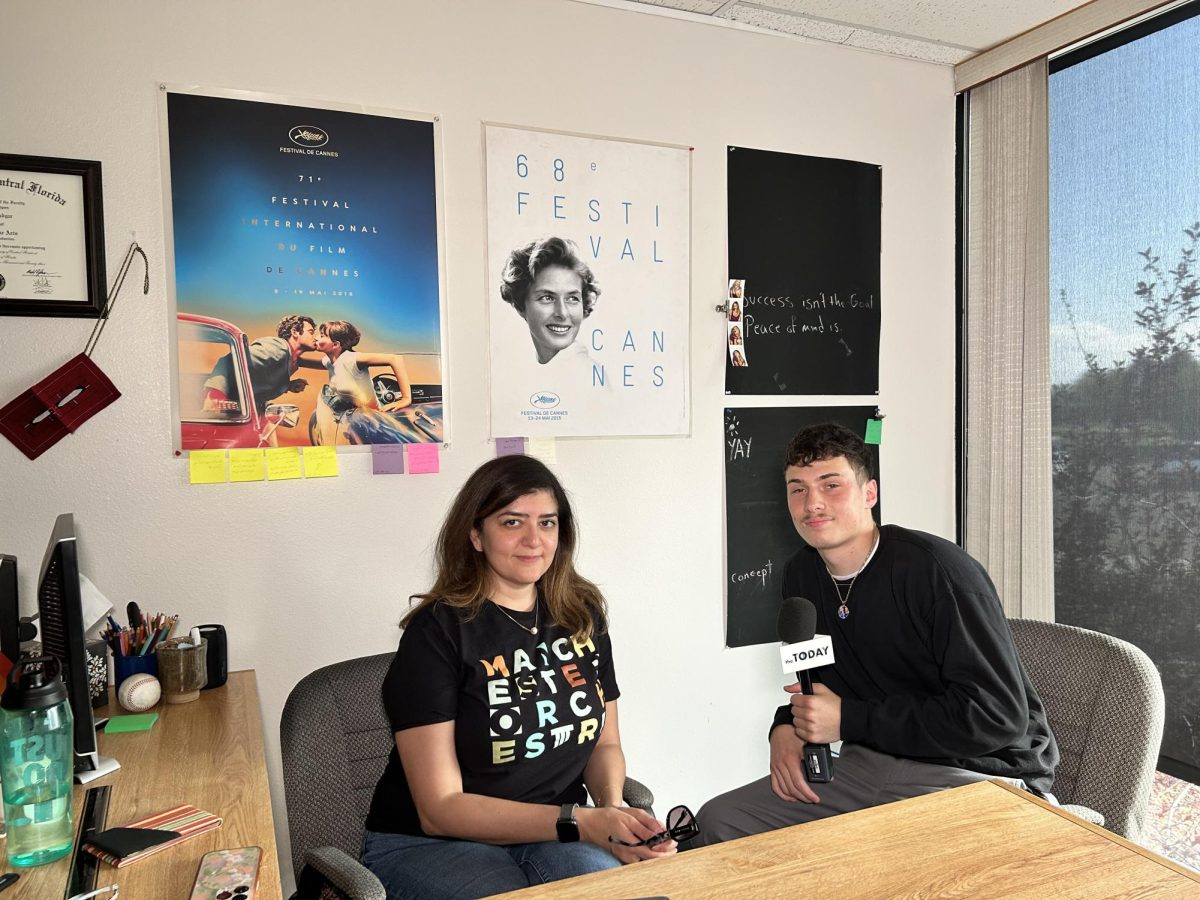
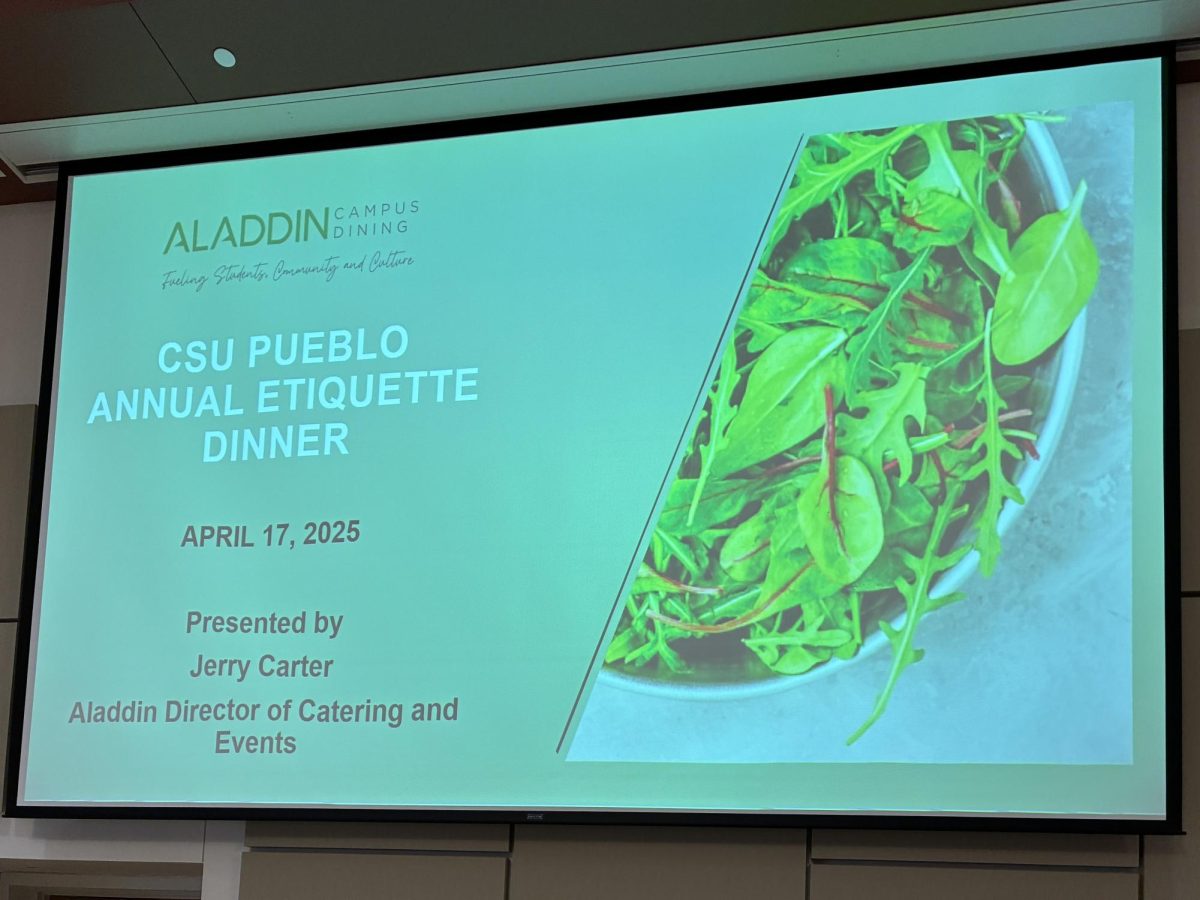
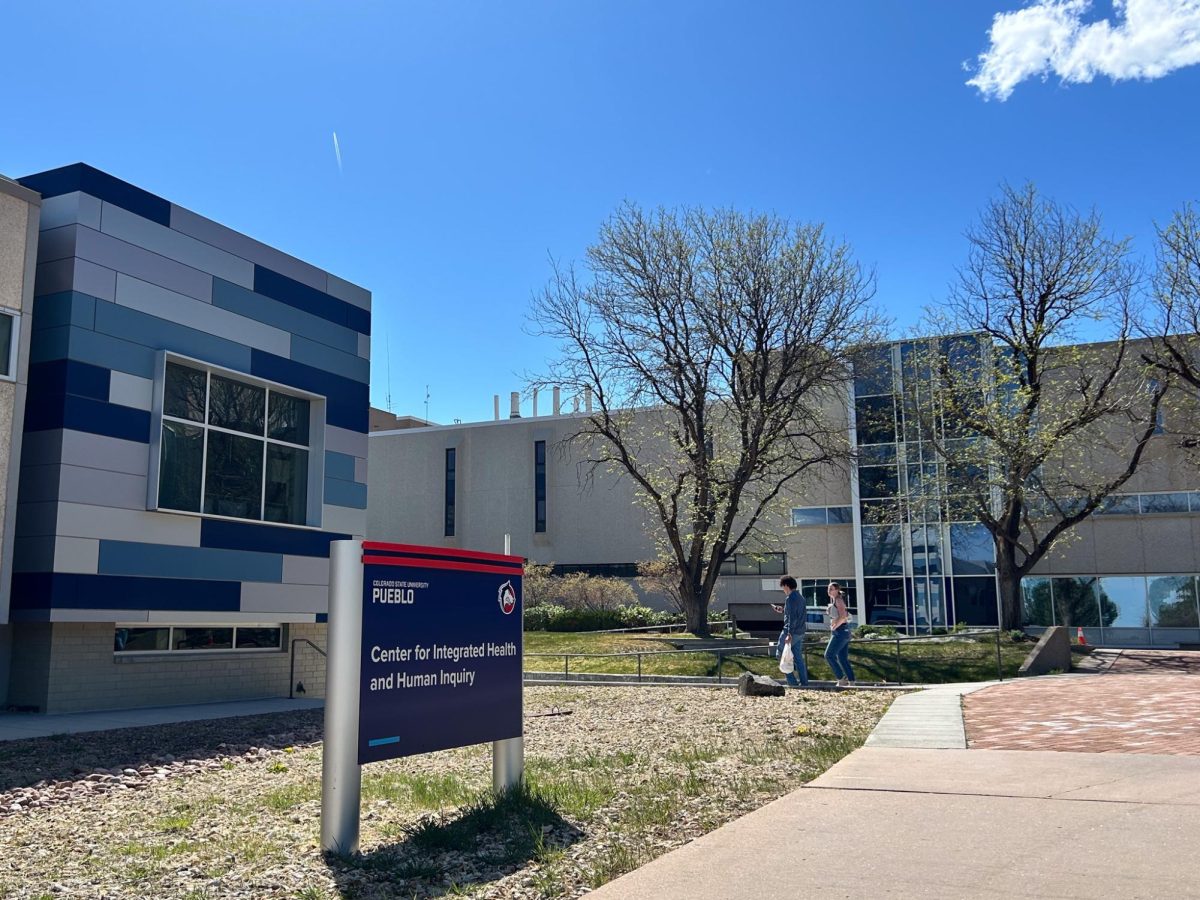

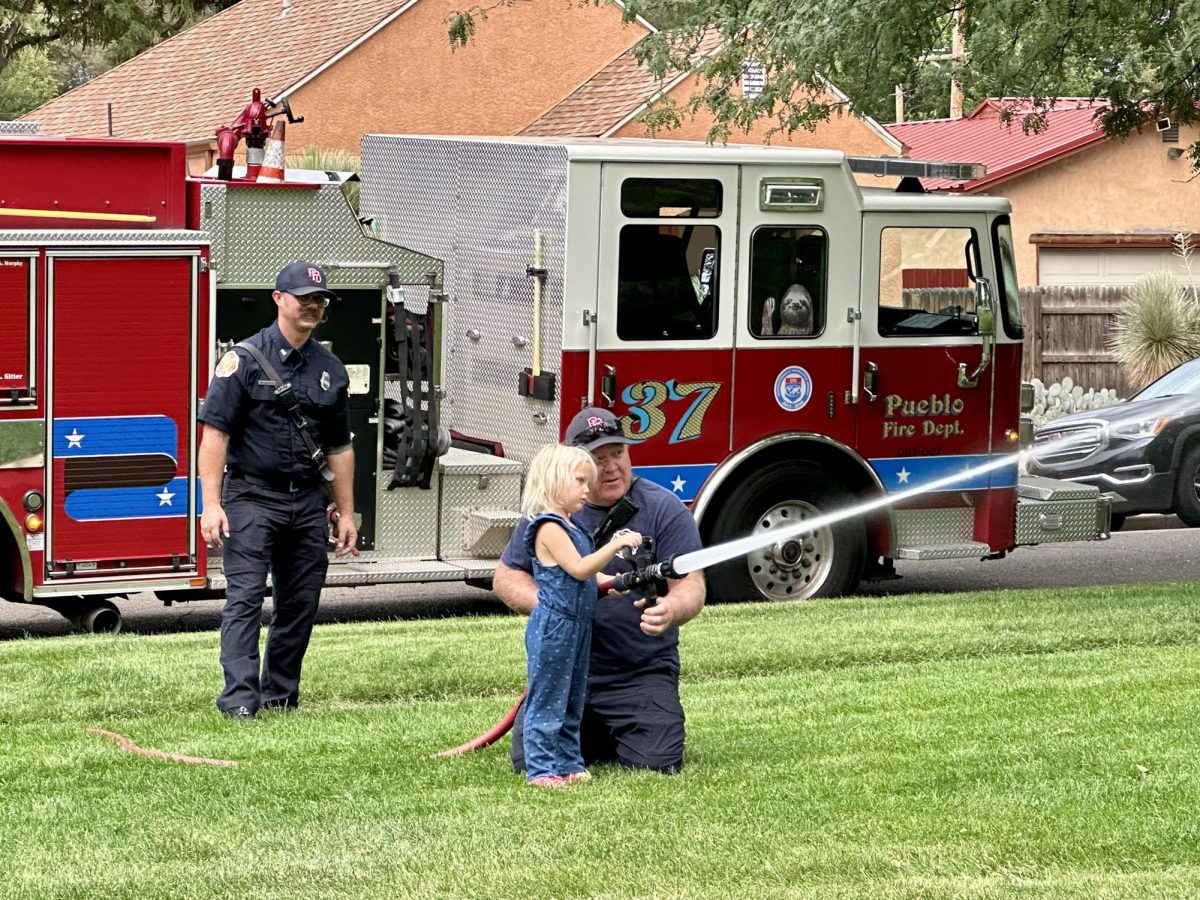
Jodi Trosper • Feb 2, 2009 at 5:51 pm
Excellent information in this article